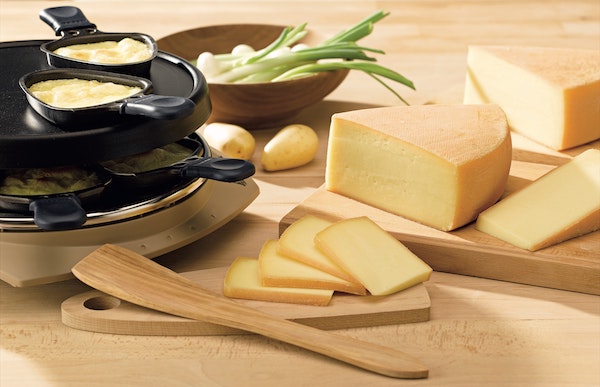There’s no overarching rule when it comes to mold in food. There are food items like hard cheeses that actually require mold. With other types of food though, there are some rules that can help you decide which ones are safe to eat and which ones to toss out. Mold requires moisture to grow, so making sure easily infected items like meats, yogurts, and pastries are in a clean and dry environment is a must while storing them.
While it’s always best to avoid food waste, it’s sometimes inevitable that you pull out a loaf of bread for a sandwich you’ve been looking forward to and find a colony of green fuzz living on one side (a modern tragedy, honestly).
Here’s a guide to common food items and whether or not you should throw them away because of mold.
Bread and pastries
It may be tempting to some to just pinch off the mold and eat the rest of your croissant, baguette, or sandwich, but you need to throw away the whole thing at the first sight of mold. Moldy bread can contain spores that burrow deeper than you can see, which can lead to things like stomach aches and food poisoning.
Cheese

We’re all familiar with cheeses like gorgonzola, brie, and Roquefort that actually need mold, but how about others? The rule of thumb when it comes to moldy cheese is that if it’s hard or semi-soft cheese like parmesan, cheddar, gouda, and the like, they’re generally fine to eat after carving away the mold and the surrounding inch around it.
Grated, sliced, and soft cheeses (like cream, cottage, and chevre) sadly have to go in the disposal bin. These cheeses are high in moisture, which means mold can thrive easily.
Processed meats
It’s not unusual for deli meats like hard salami and dry-cured ham to have a layer of mold surrounding them. It’s perfectly fine to scrub the mold off the surface and eat it. The same can’t be said for other types of processed meats though.
Canned and processed meats, for example, also need to be disposed of when they grow mold. Since food items like luncheon meat, hotdogs, bacon, corned beef, and even canned fish contain a lot of moisture, mold and other types of bacteria can rapidly grow on them.
Fruits and vegetables
The same mold rules that apply to cheese apply to fruits and vegetables. If a fruit or vegetable is hard and has low moisture content, like carrots, cabbages, and bell peppers, they’re generally safe to eat after removing the infected area and the surrounding inch. Since these fruits and vegetables aren’t as high in moisture, the mold doesn’t spread as easily as opposed to their softer cousins.
Soft fruits and vegetables like cucumber, peaches, tomatoes, and other high-moisture produce need to be thrown away. Mold spreads fast among fruits and vegetables, so if you spot a moldy tomato in your produce drawer, you need to check the other items you’ve kept around it.
Jams, jellies, and nut butters
Jarred preserves, jams, and nut butters need to go at the first sight of mold—especially if they’re made without preservatives. These products may be infected with mycotoxins, which can result in stomach aches, allergic reactions, and breathing problems.
Throwing away moldy food is a huge waste, but it’s always better to be safe than sorry. What you can do instead of throwing away moldy food is making sure you store your food properly and only buy what you need. Food waste is a big problem, and we can all do our part to avoid it.